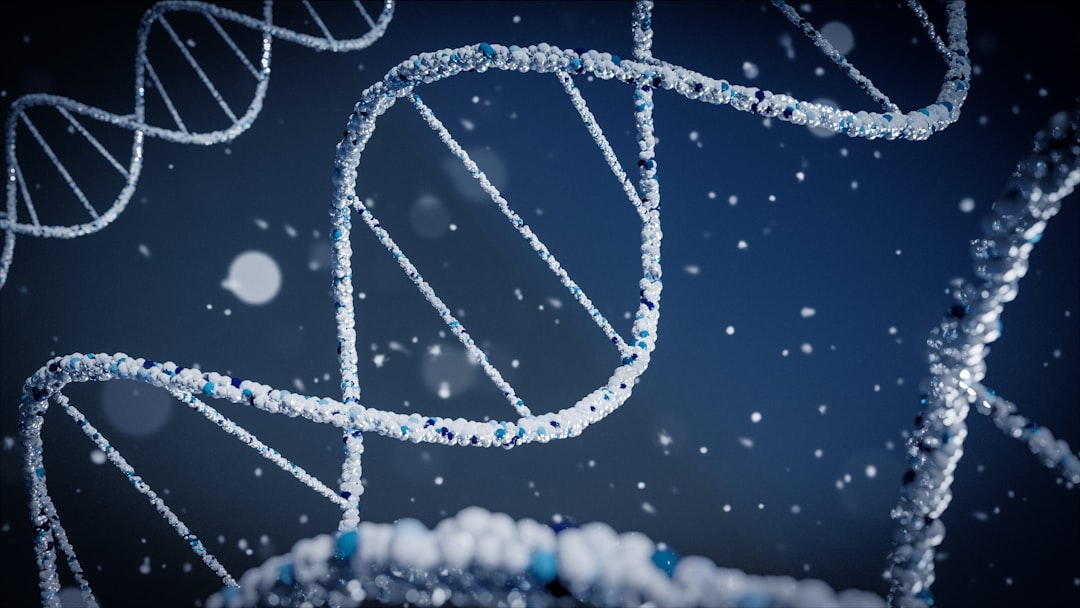What is it about?
Rhodopsin is the visual pigment protein in the rod cells of your eyes that reacts to light, and is particularly important for vision in dim/dark environments. In whales, rhodopsin is more sensitive in the blue part of the light spectrum to maximize visual sensitivity in predominantly blue underwater light. Here, not only do we show that this blue-shift in sensitivity is the result of specific changes to the rhodopsin gene sequence, but that these changes have evolutionary signatures of positive natural selection.
Featured Image
Why is it important?
By demonstrating that positively selected genetic changes are directly associated with spectral functions, our work makes a compelling case that the blue-shifts in whale rhodopsin are, in fact, adaptive. Because whales have terrestrial ancestors, they are extraordinary models of macroevolution, but we still know very little about how these major transitions happen at the genetic level. Ours is one of few studies to make the leap between DNA and organism, adding a piece to the large puzzle that is whale evolution.
Perspectives
This paper comprises the first data chapter of my doctoral thesis on visual pigment evolution in cetaceans.
Sarah Z Dungan
University of Toronto
Read the Original
This page is a summary of: Spectral Tuning of Killer Whale (Orcinus orca) Rhodopsin: Evidence for Positive Selection and Functional Adaptation in a Cetacean Visual Pigment, Molecular Biology and Evolution, October 2015, Oxford University Press (OUP),
DOI: 10.1093/molbev/msv217.
You can read the full text:
Resources
Shedding light on whale vision
Press release that I wrote for my department, later picked up by Phys.org
Full Article Access
Link to the article on ResearchGate
Biologist Belinda Chang’s lab offers insight on how animals see
University news article featuring our lab's work on the evolution of vision
Press Release PDF
Downloadable PDF of the above press release from my department's website
Context matters: Epistasis in a whale visual gene
Learn more about the evolution of whale rhodopsin here!
Contributors
The following have contributed to this page










